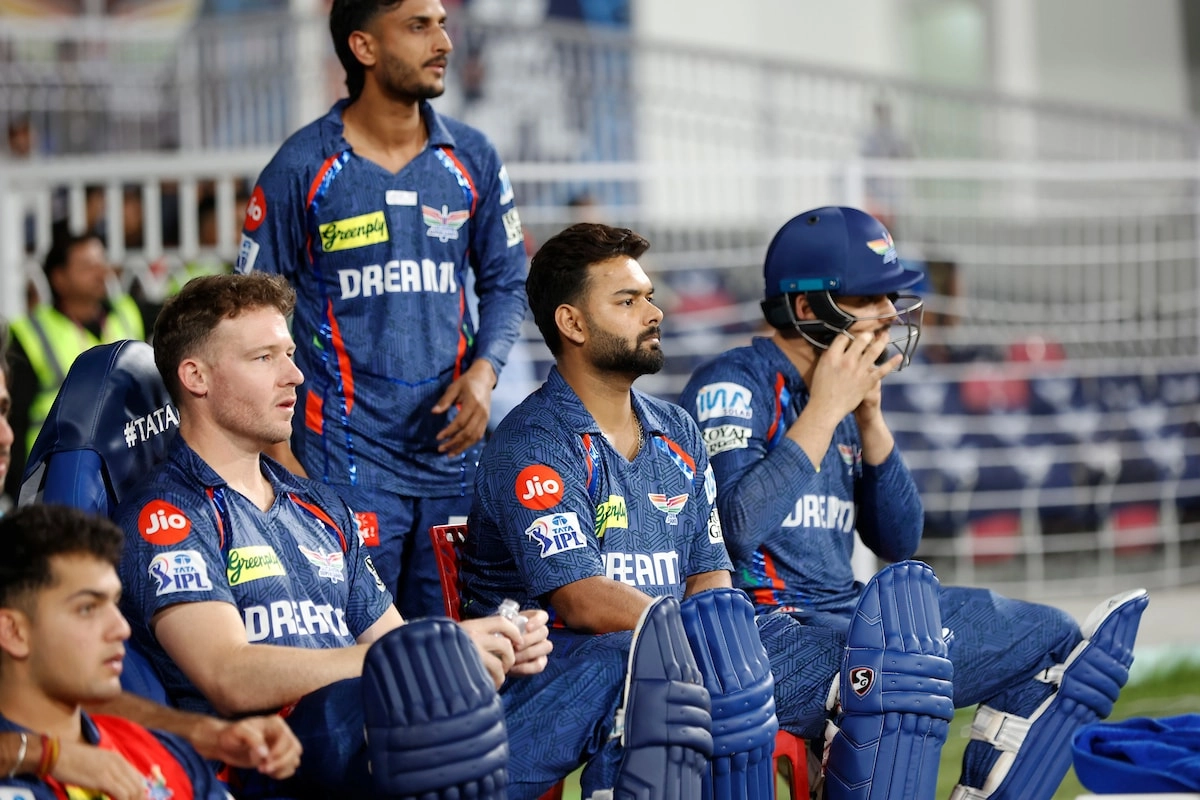Sunil Gavaskar, one of cricket’s most revered figures, has voiced his concerns regarding the stark imbalance between the Indian Premier League (IPL) and the Ranji Trophy, particularly emphasizing the shocking salary divide that exists between players participating in these two formats. The IPL, renowned for its glamour and lucrative contracts, has transformed the landscape of Indian cricket, offering players astronomical salaries that often overshadow the traditional domestic competitions. In contrast, the Ranji Trophy, which has a rich history and serves as a crucial platform for nurturing talent, struggles to provide adequate financial incentives for its participants. This disparity raises important questions about the future of domestic cricket in India and the potential consequences for the sport at large.
Gavaskar’s critique highlights a growing concern among cricket purists who believe that the essence of the game is being compromised in favor of commercialization. While the IPL has undoubtedly brought international attention and investment into Indian cricket, the neglect of domestic tournaments like the Ranji Trophy could jeopardize the development of homegrown talent. Players who excel in the Ranji Trophy often find it challenging to make a living solely from their performances, leading to a situation where many may prioritize the lucrative IPL contracts over their commitment to domestic cricket. This shift in focus could dilute the quality of play in traditional formats, ultimately affecting the overall standard of Indian cricket.
Moreover, Gavaskar points out that the financial rewards associated with the IPL can create a sense of disillusionment among young cricketers aspiring to represent their state teams. The allure of immediate wealth from the IPL may deter them from dedicating themselves fully to the rigors of domestic cricket, where the rewards are far less glamorous. This imbalance not only affects the players but also the fans, who cherish the history and competitiveness of the Ranji Trophy. The contrast between the two formats raises questions about the long-term sustainability of cricket in India, as the focus on short-term financial gains could undermine the foundation upon which the sport was built.
In conclusion, Sunil Gavaskar’s outspoken critique serves as a wake-up call for cricket administrators to address the widening gap between the IPL and Ranji Trophy. It is crucial to strike a balance that honors the legacy of domestic cricket while also embracing the commercial success of the IPL. By ensuring that players in the Ranji Trophy are adequately compensated and recognized for their contributions, the future of Indian cricket can be safeguarded. A more equitable approach could foster a generation of cricketers who are motivated to excel in all formats, ultimately enriching the sport and preserving its integrity for years to come.




